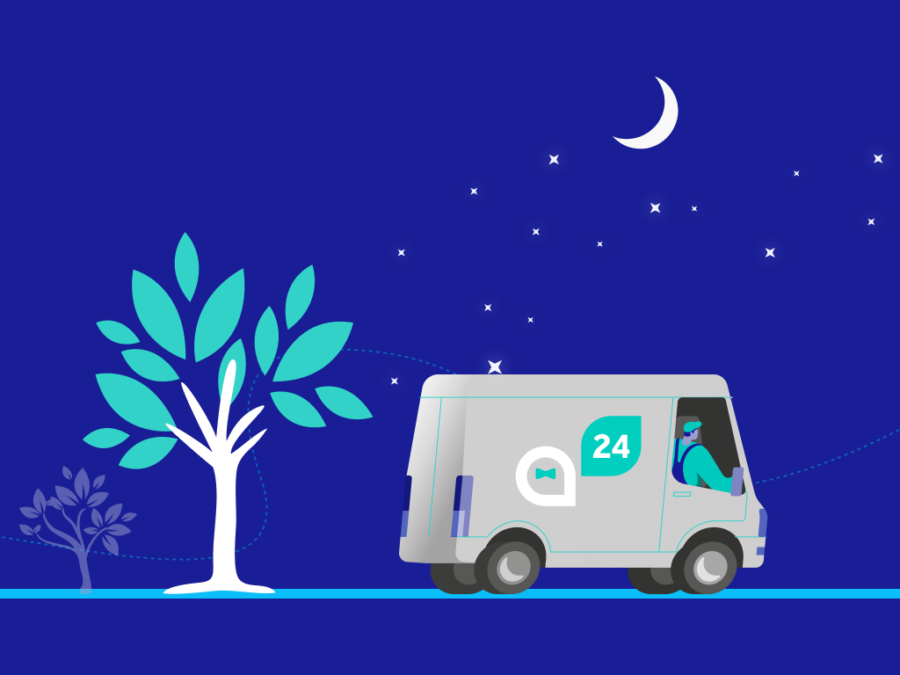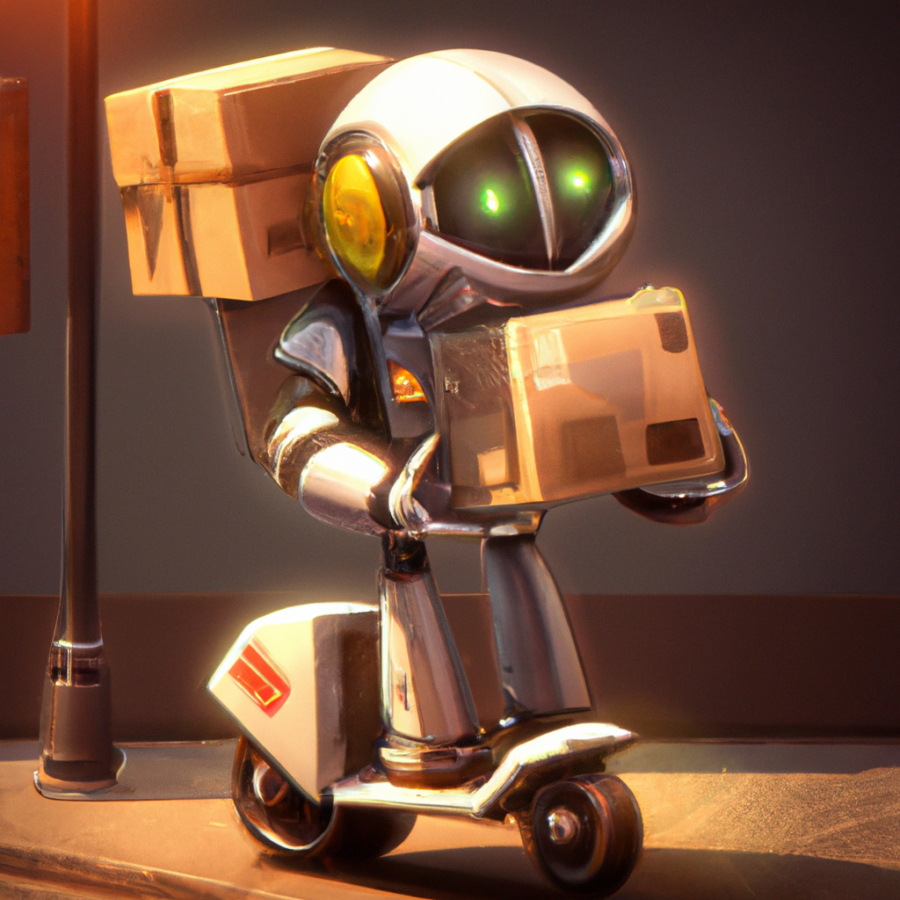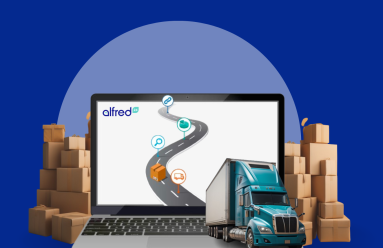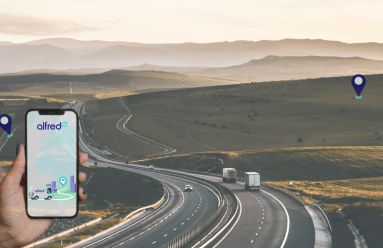5 Innovations Revolutionising Last-Mile Delivery

As e-commerce continues to boom and customer expectations for fast, convenient, and eco-friendly deliveries increase, last-mile delivery becomes a critical differentiator for businesses.
In the past, last-mile delivery has been a bottleneck in the delivery process, with many challenges faced by retailers and logistics companies.
However, advances in technology are helping to overcome these challenges, with new innovations making last-mile delivery faster, more efficient, and more convenient for customers.
In this article, we explore four future trends that are shaping the future of last-mile delivery and enabling businesses to meet the ever-evolving demands of their customers.
1. Autonomous Vehicles
Autonomous vehicles, such as drones, robots, and self-driving cars, are transforming last-mile delivery by enabling faster and cheaper deliveries while reducing human error and increasing safety.
Drones can deliver small packages directly to customers‘ homes, even in remote or hard-to-reach areas, while robots can navigate through crowded streets and sidewalks to deliver larger packages.
With Amazon recently shutting down its Prime Air drone division there is some debate as to how far this technology can go in last-mile delivery, and what are its limitations.
We’ll save that for a later blog.
Additionally, self-driving cars can carry multiple packages and make multiple deliveries at once, optimising routes and reducing traffic congestion.
Big tech companies as well as traditional automotive manufacturers are investing heavily in this technology, with autonomous delivery trucks set to be released way before anything of commercial use.
The main reason is the lack of “thinking” and safety management required for the AI brain to drive the truck on relatively straight and empty roads at night, vs during the day with humans on board.
We predict this will be the first major development in the next decade in last-mile deliveries.

2. Smart Lockers
A smart locker is an innovative, digital locker that incorporates modern technology to provide enhanced security and efficiency for storing and delivering various parcels during last-mile deliveries.
In contrast to traditional lockers, smart lockers utilize advanced components such as electronic locks, sensors, cameras, and network connectivity to enable more sophisticated functionality.
Including real-time tracking, secure access control, and notifications.
They allow consumers to receive multiple product types in multiple sizes that are required to be kept hot, cold or temperature controlled.
The rise of e-commerce and the ever-increasing demand for secure, convenient, and efficient storage solutions have spurred the development of smart lockers.
These advanced, digital lockers are becoming more prevalent in various sectors and locations, from retail to residential settings.
3. Predictive Analytics
Predictive analytics uses machine learning algorithms to analyze historical data and predict future events or trends in last-mile delivery.
In last-mile delivery, predictive analytics can help businesses optimize their delivery network by predicting demand, identifying optimal routes and delivery windows, and allocating resources more efficiently.
Predictive analytics can also help businesses anticipate and prevent delivery issues, such as delays, missed deliveries, or failed deliveries, by identifying the root causes and taking proactive measures.
The push towards smart cities and IoT will further speed up this trend in last-mile delivery, with disruptions, stop signals, traffic patterns, and other infrastructure considerations all fed to different nodes in the network.
Keeping the city moving and efficient.
By leveraging predictive analytics, businesses can improve their delivery performance, reduce costs, and enhance customer satisfaction.
4. Sustainable Delivery
Sustainable last-mile delivery refers to the use of eco-friendly vehicles, fuels, and practices in last-mile delivery.
With increasing awareness of environmental issues and regulations, sustainable delivery becomes a key factor in customer loyalty and brand reputation.
Sustainable delivery can include electric or hybrid vehicles, biodiesel or hydrogen fuels, green packaging materials, carbon offsets, efficient delivery times, or good labor practices.
Consumers are demanding sustainable solutions in all areas of their lives, and last miles logistics is no different.
By adopting sustainable last-mile delivery practices, businesses can reduce their carbon footprint, comply with regulations, and appeal to environmentally conscious customers.
5. Delivery Robots
Delivery robots are another innovation that is making last-mile delivery more efficient.
These robots can be used to deliver packages to customers’ doorsteps, eliminating the need for a human driver or delivery person.
Think more Wall-E or R2D2 and less Terminator…
Companies such as Starship Technologies and Amazon are already testing delivery robots, and they are expected to be a bit more common in the future.
Just don’t expect Wall-E to show up at your door anytime soon.

Conclusion
Last-mile delivery is undergoing a rapid transformation driven by cutting-edge innovations such as autonomous vehicles, smart lockers, predictive analytics, and sustainable delivery.
By adopting these trends and integrating them into their delivery network, businesses can differentiate themselves from their competitors, enhance their customer experience, and achieve sustainable growth.
As with all technology, there’s always one step forward and two steps back, and we predict it will be the same with a few of these technologies.
However, humanity has always found a way to slowly, but steadily march forward in the name of progress, and last-mile delivery is no different.
As the demand for fast, convenient, and eco-friendly deliveries continues to rise, businesses that stay ahead of the curve will thrive in the fiercely competitive e-commerce landscape.


